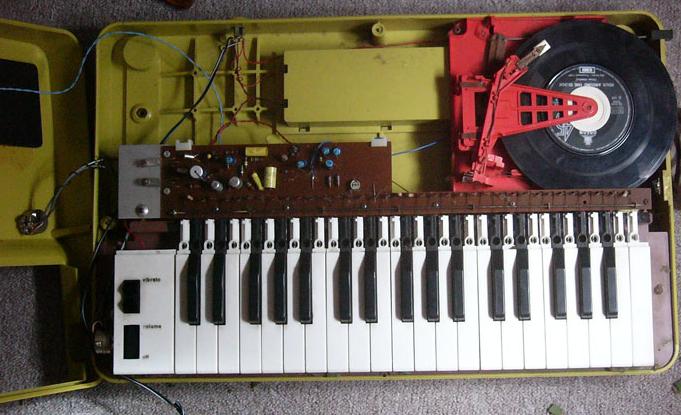rhoadley.net music research software blogs
aru seminars m&t critski focm1a cmc circuit bending mic2b sensor technology comp 3 sonic art major project
youtube vimeo facebook
Resources: Bioacoustics Jitter MaxMSP OSC Physical PD CBHH sTech SuperCollider C/Xcode
CBHH Resources: Home Blog Forum Examples Projects Tasks Tutorials
Performance Technology Resources

|
LinksOther Tutorials/Examples |
Introduction
Circuit bending is the creative short-circuiting of electronic devices such as guitar effects, children's toys and synthesizers to create new muscial instruments and sound generators. Although similar methods undoubtedly were used by other musicians and engineers before, this method of music creation is said to be pioneered by Reed Ghazala in the 1960s. He does not claim to be the inventor of the concept, but to have originated the Term "circuit bending".
The circuit-bent instrument, often a re-wired audio toy or game, is an alien instrument. Alien in electronic design, alien in voice, alien in musician interface. Through this procedure, all around our planet, a new musical vocabulary is being discovered. A new instrumentarium is being born. Countless audio gadgets are experimental musical instruments waiting to happen. Circuit-bending's anti-theory approach to electronic design makes accessible to all audio explorers an endless frontier of original sound-forms to discover. And fantastic instruments to create. Within these adapted devices, along with the unusual voices of circuit-bending, are often found aleatoric music generators. That is, chance-music composers that stream unpredictable audio events, elements shifting and re-combining in fascinating ways. Body-contacts are also found while circuit-bending. These allow electricity to flow through the player's body, flesh and blood now becoming an active part of the electronic sound circuit.
from oddmusic.com